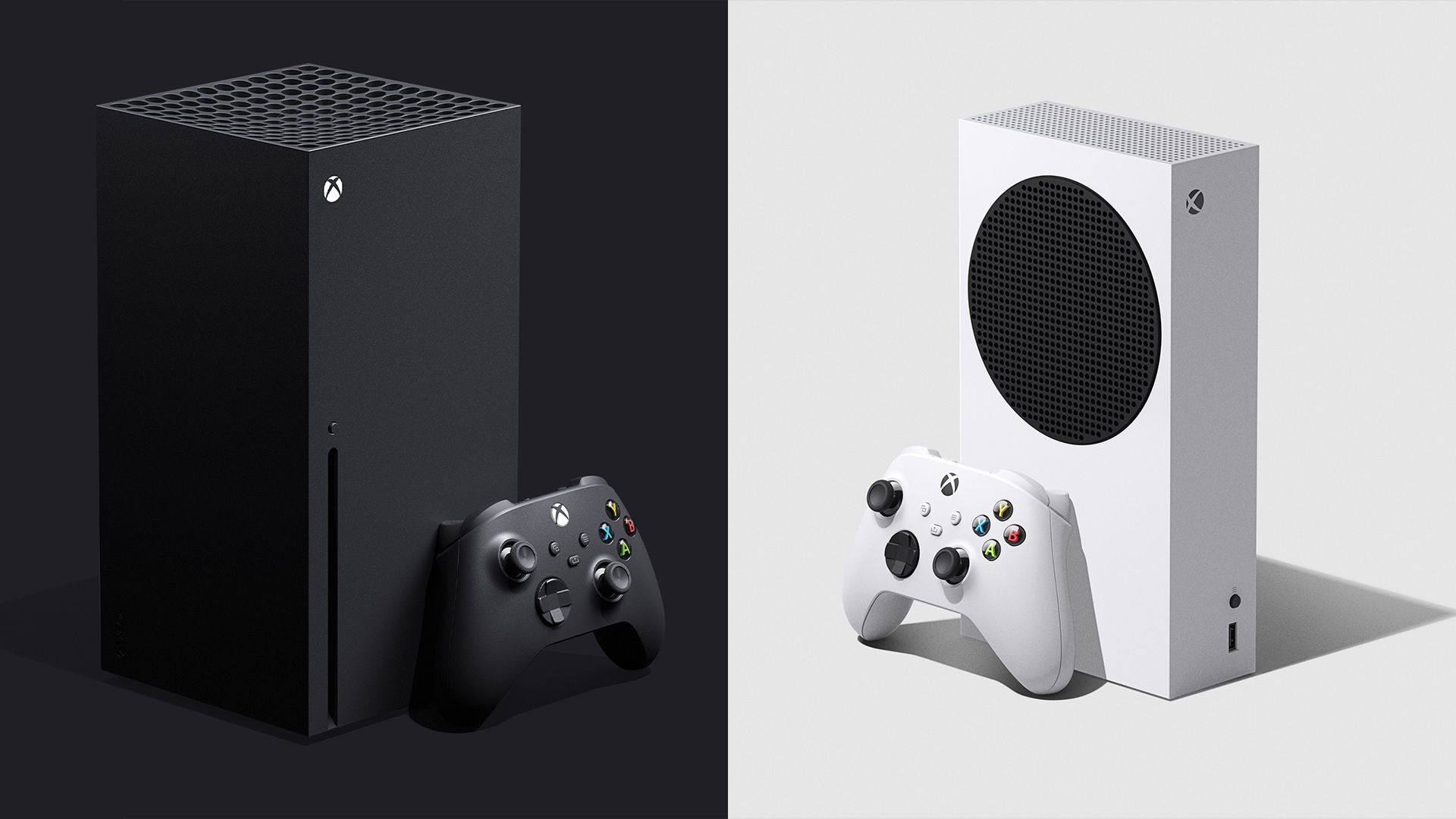With Xbox's upcoming next-generation consoles, it might seem a bit overwhelming considering the manufacturer has now announced two versions of their next-generation console; the Xbox Series X and the Xbox Series S. So what's the difference between the two and which would be a better console for you?
Here's a bit of history for both systems. Project Scarlett was initially revealed back in 2019 by Microsoft during E3. It was understood that there were two versions of the next-gen Xbox console that were codenamed Anaconda and Lockhart. Anaconda turned out to be Project Scarlett and was revealed during The Game Awards in 2019 to be officially known as the Xbox Series X. Lockhart, however, has been understood to be the budget version of the X and was officially confirmed on September 8, 2020 as the Xbox Series S.
So with all that said, here's what we know about the two Xbox consoles going by official announcements, with a handful of information from leaks for specific technical phrases.
Xbox Series X
The Xbox Series X is the more powerful console of the two and Microsoft originally revealed the specifications back in February of this year. More specifics were later revealed in March 2020 with Digital Foundry going deep into it. It's a rather large and blocky console and comes with a 4K UHD Blu-Ray Drive. It also has a large vent at the top of the console that is reportedly as quiet as the Xbox One X.
The Series X comes with a 8x Cores @ 3.8 GHz (3.66 GHz w/ SMT) Custom Zen 2 CPU, and a 12 Teraflops, 52 CUs @ 1.825 GHz Custom RDNA 2 GPU. Its memory sits at 16 GB GDDR6 w/ 320mb bus with 10GB @ 560 GB/s, 6GB @ 336 GB/s memory bandwidth.
For storage, it has a 1 TB Custom NVME SSD with expandable storage for a 1 TB Expansion Card as well as support for USB 3.2 External HDD.
The target performance for the console is to play video games at 4K resolution at 60 frames per second with the capability to go up to 120 frames per second. It'll be capable of supporting Hardware Accelerated DirectX Ray Tracing and will have a Quick Resume function to allow players to jump in and out of multiple games easily.
The Xbox Series X is rumored to cost $499 according to Windows Central with information from sources — it should also be available on the Xbox All Access financial plan for $35 per month.
Xbox Series S
The Xbox Series S is the budget version of the X and is notably far smaller and thinner with a large vent on its side. It's also the smallest console from the Xbox family of consoles, coming in nearly 60% smaller than the Series X. It does not have a disc drive, so it's suited more to those of the digital-only age.
It comes with the same CPU as the X, 8x Cores @ 3.8 GHz (3.66 GHz w/ SMT) Custom Zen 2 CPU, but takes a hit in the GPU department. This console comes with 4 Teraflops, 20 CUs @ 1.55 GHz Custom RDNA 2 GPU. It also comes with a memory of 10 GB GDDR6.
The S will have a 512GB SSD for internal storage, and support for a USB 3.2 External HDD. While there's been no confirmation of a slot for a 1 TB Expansion Card, it wouldn't make sense to not include one, so I'm going on the logic that it's there.
The target performance for the S is understandably less, although aims to support 1440p gaming at 120 frames per second. It will also include Hardware Accelerated DirectX Ray Tracing and the ability to play videos in 4K as well as 4K upscaling in games. It also supports the Quick Resume feature.
The Xbox Series S will cost $299 / £249.99 — it should also be available on the Xbox All Access financial plan for $25 per month.
The two consoles are certainly catered to different types of players. The Series X is powerful, running games at 4K with the speed behind it. Additionally. it does look like a console that would take up your shelf space, but it does come with a disc-drive so you don't have to lose out on playing your physical copies of games.
The Series S seems to be more focused on offering a speedy gaming experience without the focus on power. The SSD being less in storage space is also a concern, considering that big games are often exceeding 100GB download sizes these days. In saying that, it also takes up less shelf space but at the cost of losing the ability to use physical discs.
If you're planning on picking up one of the two, which console seems more enticing to you, and why? Let us know in the comments, it's something we're all waffling about in the staff room right now.

